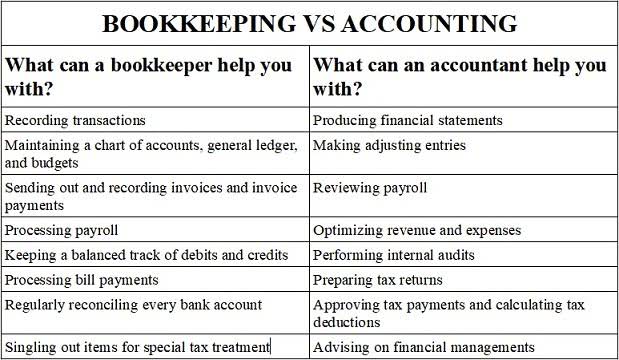
Generally speaking, a company with a negative retained earnings balance would signal weakness because it indicates that the company has experienced losses in one or more previous years. Negative retained earnings can distort key financial ratios used to assess a company’s health. Return on equity (ROE), calculated as net income divided by Online Accounting shareholder’s equity, becomes misleading when negative retained earnings shrink equity values.
- Also, retained earnings are cumulative, whereas net profit is your company’s profit during a time period.
- As a result, any items that drive net income higher or push it lower will ultimately affect retained earnings.
- Yes, retained earnings can be negative, which happens when your business has more losses or distributions than profits over time.
- A company may use part of its retained earnings to distribute dividends to shareholders.
- Increasing Retained Earnings suggest that a company is saving more of its profits for future growth or to strengthen its financial position.
- Distribution of dividends to shareholders can be in the form of cash or stock.
How Josh Decided It Was Time to Finish His CPA

Like the retained earnings formula, the statement of retained earnings lists beginning retained earnings, net income or loss, dividends paid, and the final retained earnings. When the dividends are paid, the effect on the balance sheet is a decrease in the company’s retained earnings and its cash balance. In other words, retained earnings and cash are reduced by the total value of the dividend.

AUD CPA Practice Questions: Factors when Forming an Audit Opinion
A persistent deficit highlights ongoing financial challenges, prompting scrutiny of operational strategies and financial decisions. Negative retained earnings also impact financial ratios like return on equity (ROE) and debt-to-equity ratio, which evaluate a company’s profitability and leverage. For example, a negative retained earnings balance can distort ROE, suggesting lower profitability relative to equity. Yes, retained earnings can be negative, which happens when your business has more losses or distributions than profits over time. This situation, often called an “accumulated deficit,” indicates that the business has been spending more than it’s earning. It’s a signal that you might need to reassess your business strategy, cut costs, or find ways to increase revenue to improve your business’s financial health and get back into positive territory.

Can A Company Pay A Dividend If It Has Negative Retained Earnings?
Negative retained earnings affect a company’s financial statements, particularly the balance sheet and statement of shareholders’ equity. On the balance sheet, retained earnings are a component of shareholders’ equity. A negative balance reduces overall equity and can result in a negative equity situation if liabilities exceed assets.

However, it’s essential to understand that these earnings may not necessarily reflect the company’s available cash. Companies can reinvest these earnings in non-cash assets or operations, making it important to assess the company’s cash flow separately. In the world of finance, understanding Retained Earnings is crucial for Record Keeping for Small Business investors and business owners alike.
- For example, a business may experience a downturn in sales due to increased competition, leading to reduced revenue and, consequently, losses.
- A start-up or growth company, for example, may have negative retained earnings as it invests heavily in its growth and operations, which could lead to losses in the early years.
- When considering decisions based on balance sheet investigations, we must remember the balance sheet is a snapshot in time and not necessarily what is transpiring with the company.
- A summary report called a statement of retained earnings is also maintained, outlining the changes in RE for a specific period.
- Treasury stock indirectly lowers retained earnings, as it is subtracted from stockholders’ equity.
- Companies can manipulate them to some extent through accounting methods, potentially impacting the accuracy of this metric.
Example Calculation
- CFI is the global institution behind the financial modeling and valuation analyst FMVA® Designation.
- Negative retained earnings can distort key financial ratios used to assess a company’s health.
- Johnson & Johnson, in their latest 10-K, showed an annual payout of growing dividends and share repurchases, but if you look closer, you see their retained earnings decreased from the previous year.
- It is critical to determine whether the negative balance is a temporary issue or indicative of systemic problems.
- It’s worth noting that retained earnings are subject to legal and regulatory restrictions.
- A dividend issued from a deficit account is called a liquidating dividend or liquidating cash dividend.
This can hamper the company’s ability to negative retained earnings finance operations or invest in growth opportunities, potentially leading to a downward spiral of financial health. Negative retained earnings often arise from a company’s prolonged inability to generate a profit, which can be due to a variety of operational or external factors. For example, a business may experience a downturn in sales due to increased competition, leading to reduced revenue and, consequently, losses. Alternatively, operational inefficiencies, such as high production costs or wasteful spending, can erode profits over time, pushing retained earnings below zero. Companies must adopt a comprehensive approach to address negative retained earnings, balancing immediate actions with long-term planning.

